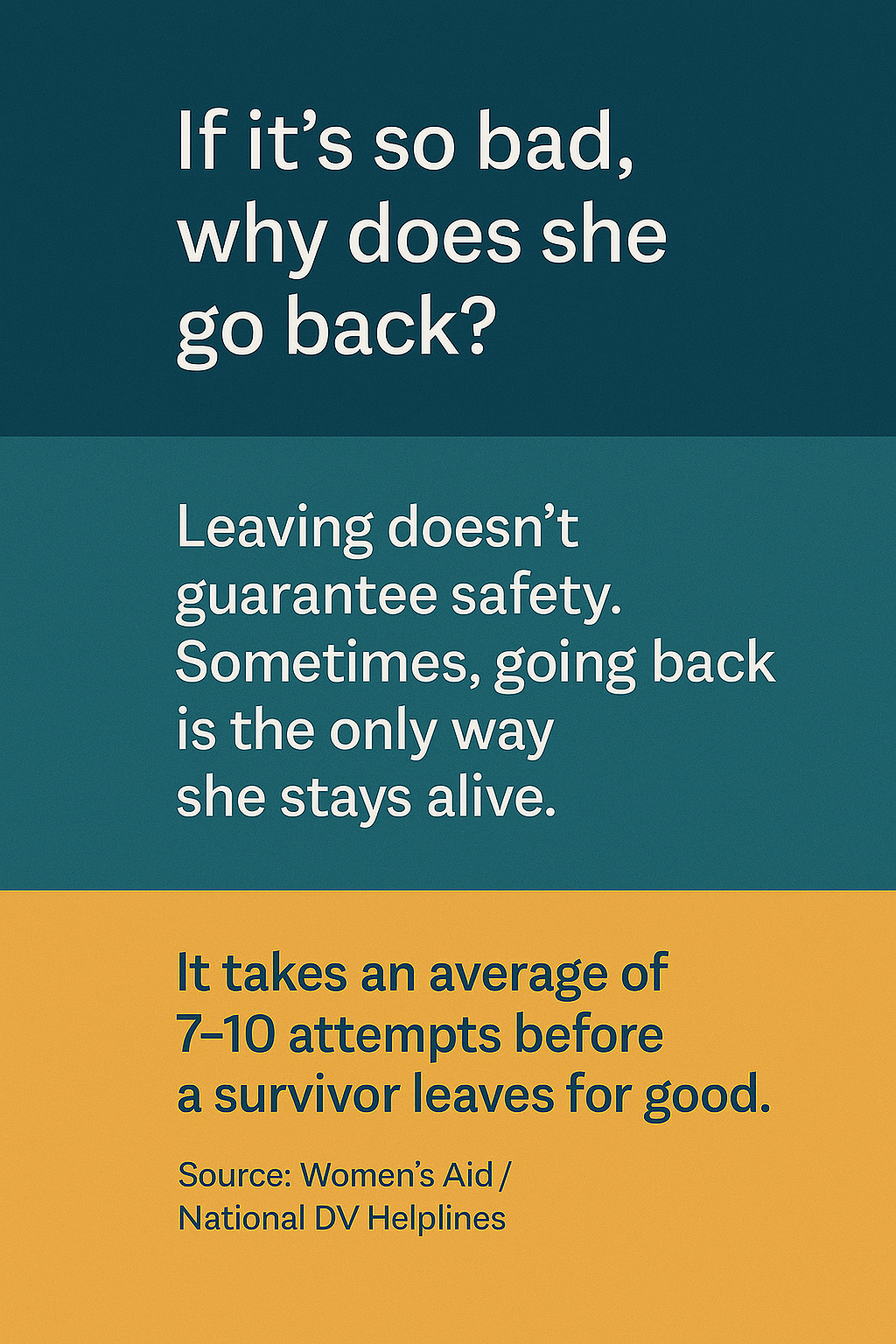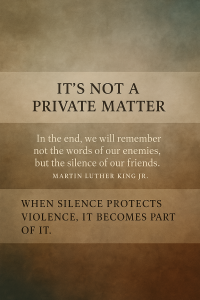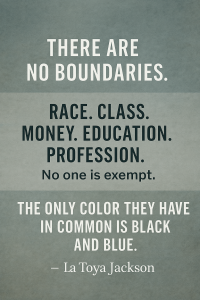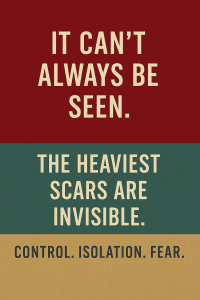What We Get Wrong: Myths About Domestic Violence That Still Hurt Victims

Despite decades of activism, legislation, and public education, the truth is sobering: myths about domestic violence still persist. They slip into courtroom arguments, media narratives, casual conversations—and too often, into the minds of victims themselves.
As a psychologist and writer, I’ve sat with survivors and imagined characters like Sophia Kruger in Sun on Your Back, who endure decades of abuse without ever recognising themselves as victims. In both fiction and life, what makes abuse so insidious is not only the harm it causes, but the lies we talk about why it happens—and to whom.
Here are some of the most damaging myths about domestic violence, and the truths that challenge them.
Myth 1: “She would leave if it were really that bad.”
Reality: Leaving an abusive relationship is often the most dangerous time for a victim. Abusers escalate threats and violence when they sense control slipping away. Victims also stay because of financial dependence, children, religious beliefs, cultural pressure, immigration status, or deep psychological trauma—like Battered Woman Syndrome.
In Sun on Your Back, Sophia doesn’t leave because she doesn’t believe she can. Her suffering has become normalised, and denial is the only tool she has to survive.
Myth 2: “He doesn’t seem violent—he’s such a nice guy.”

Reality: Abusers are often charming in public. Abuse is about power and control, not rage. Some of the most dangerous abusers are those who wear a mask of kindness while isolating, gaslighting, and harming their partners behind closed doors.
In court, Sophia’s husband was described as a hard-working family man. What the neighbours didn’t see were the bruises, the threats, and the grooming that began when she was just 14.
Myth 3: “She’s making it up for attention or revenge.”

Reality: False accusations are extremely rare. Most survivors don’t report abuse at all, fearing disbelief, retaliation, or being blamed. Suggesting someone would lie about such trauma silences actual victims and emboldens abusers.
When Sophia’s daughter, Diara, disclosed sexual abuse, Sophia’s response was tragic but common: she denied it, calling her daughter a traitor. Denial was not malice—it was emotional self-preservation. But the cost was immeasurable.
Myth 4: “Domestic violence only happens in poor or uneducated families.”
Reality: Abuse happens in every social class, culture, and community. Wealth and education do not protect someone from becoming a victim—or an abuser.

In Sun on Your Back, the Kruger family had respectability, religion, and outward appearances. But behind the doors of their well-kept home was a history of coercion, physical harm, and incest.
Myth 5: “If it were really abuse, there would be physical injuries.”

Reality: Not all abuse leaves visible scars. Emotional, verbal, sexual, and financial abuse can be just as devastating. Gaslighting, manipulation, and isolation erode a person’s sense of self over time, sometimes more deeply than physical harm.
Sophia never showed anyone the bruises on her soul. Her belief that “he loved me too much to let me go” reveals how abuse can be dressed up as devotion.
Why It Matters?
Every time we repeat these myths, we make it harder for survivors to speak, to leave, and to heal. We give abusers cover. We let the silence grow.
If we want to be part of the solution, we must do better. That means examining the stories we believe—and the ones we tell.
As a writer, I believe fiction has a role to play. Through characters like Sophia, we can start tough conversations, challenge long-held assumptions, and bring quiet truths into the light.
Would you like to speak up for survivors?
Share this article. Talk to your children. Listen without judgment. And when someone whispers their truth to you, believe them.